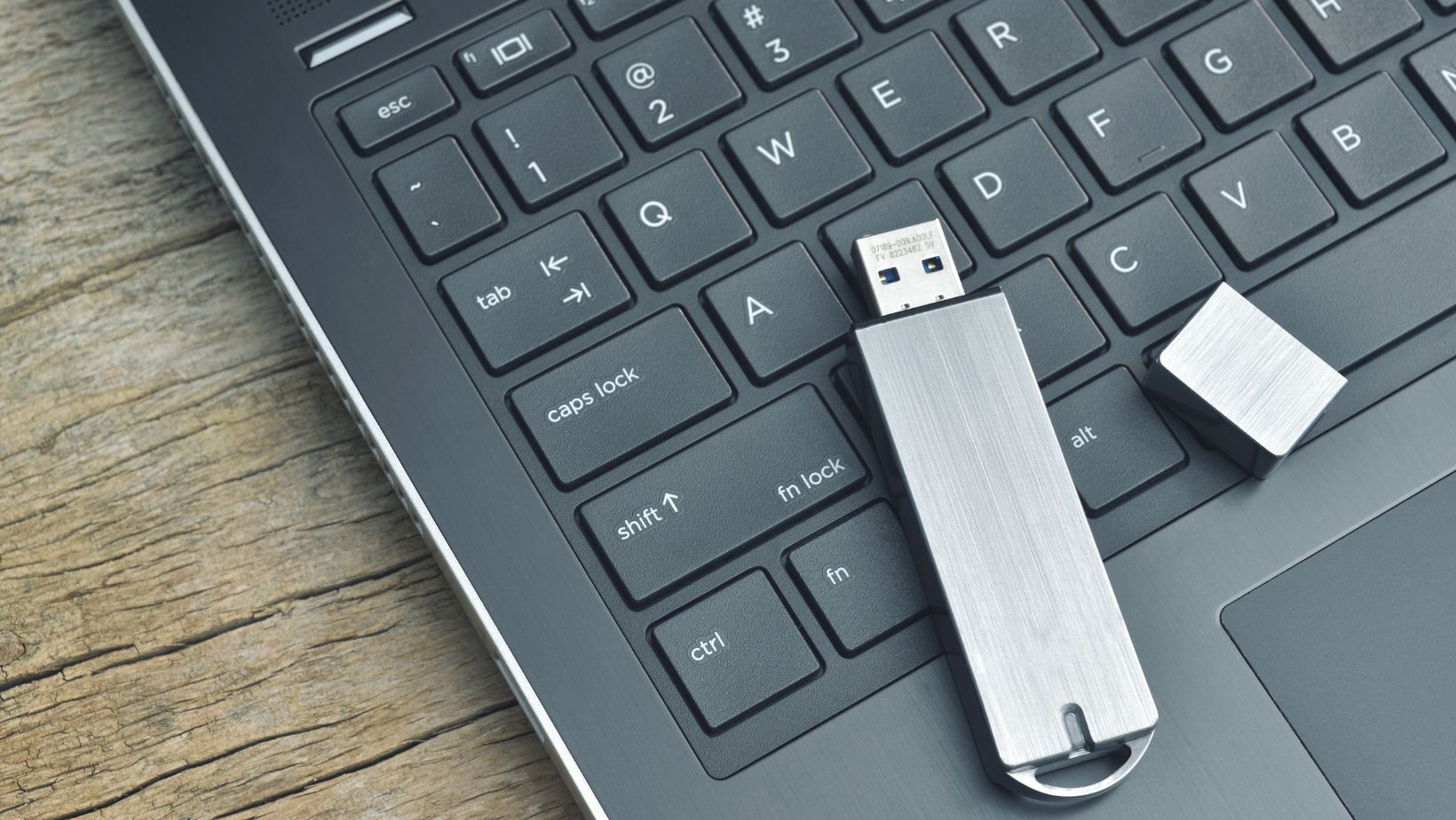
In today’s digital workplace, businesses frequently need to distribute or transfer data using multiple USB drives. Still, this convenience comes with significant security risks that could lead to data breaches and compliance violations. How do you ensure data security when using bulk USB drives in a business setting?
The key to securing bulk USB drives is implementing hardware-encrypted drives with strong password protection, maintaining a strict inventory management system, and establishing clear usage policies that include drive formatting before and after use.
While this answer covers the basics, there’s much more to consider regarding practical implementation. Different industries have varying compliance requirements, and specific security protocols may need to be adjusted based on the sensitivity of the data being stored. Understanding the complete picture is essential before deploying USB drives across your organization.
What Security Standards Must USB Drives Meet For Different Industry Compliance Requirements?
Healthcare organizations must comply with HIPAA regulations, which require USB drives to have a minimum of 256-bit AES encryption and maintain detailed data access logs. Financial institutions following SOX compliance need similar encryption standards and the ability to wipe devices if lost or stolen remotely.
For government contractors, CMMC and NIST requirements mandate FIPS 140-2 validated encryption modules and physical security measures like tamper-evident seals. Educational institutions handling student data must meet FERPA requirements, which focus more on access control and documentation of data handling procedures.
How Do You Implement A Management System For Tracking Multiple USB Drives?
Create a centralized inventory database that assigns unique identifiers to each drive. Record essential information, including serial numbers, encryption keys, assigned users, and check-out/check-in dates. Use asset management software to generate QR codes or barcodes for easier tracking.
Regular audits should be conducted monthly or quarterly to account for all devices and verify compliance with security protocols. Implement a sign-out system requiring users to acknowledge security policies and accept responsibility for drive safety before taking possession.
What Steps Should Be Taken When USB Drives Are Lost Or Reach End-Of-Life?
Establish a clear incident response plan for lost or stolen drives, including immediate reporting to IT security, assessment of compromised data, and notification of affected parties if compliance regulations require. Consider implementing remote wiping capabilities when available.

Proper disposal is crucial for drives reaching end-of-life. Use certified data destruction services that provide certificates of destruction. Physical destruction methods like shredding or crushing are preferred over simple formatting, as data can often be recovered from formatted drives using specialized software.
What Are The Ideal Practices For Training Employees On USB Drive Security Protocols?
Develop a comprehensive training program that covers proper handling, storage, and transfer procedures for USB drives. Include real-world examples of security breaches caused by mishandled drives to emphasize the importance of following protocols. Make training mandatory for all employees who will have access to USB drives.
To maintain security awareness, regular refresher courses should be conducted quarterly or bi-annually. Create easy-to-follow reference guides that employees can quickly consult when needed. Consider implementing a certification system where employees must demonstrate competency before being granted USB drive access.
How Can Organizations Balance Security With Usability When Deploying Bulk USB Drives?
While maximum security might suggest implementing complex passwords, multi-factor authentication, and strict usage limitations, these measures can significantly impact productivity. Instead, focus on finding middle-ground solutions like single sign-on systems integrated with existing corporate authentication or biometric readers for frequently used drives.

Consider implementing tiered security levels based on data sensitivity. For instance, drives containing non-sensitive marketing materials might require basic password protection, while those storing financial data need full encryption and additional security measures. This approach helps maintain security without creating unnecessary barriers to efficiency.
Your First Step To USB Security
The most impactful first step you can take is to audit your current USB drive inventory and usage patterns across your organization. This simple assessment will reveal gaps in your security protocols and help you identify which measures discussed above should be prioritized. Once you have this baseline understanding, you’ll be better positioned to implement a comprehensive USB security strategy that fits your business needs.



